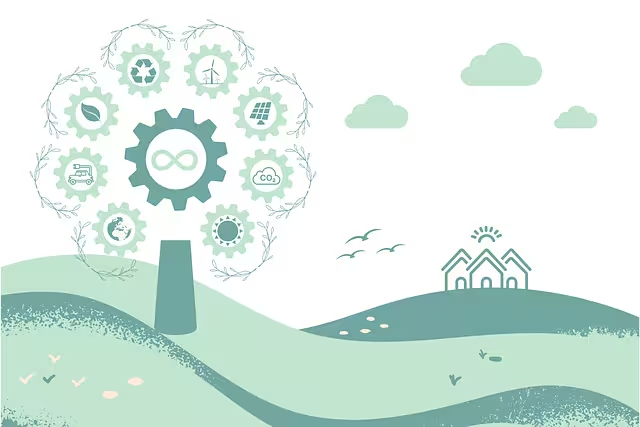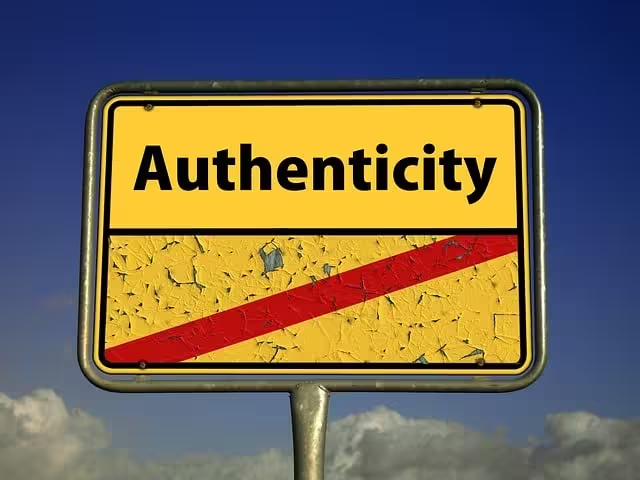The modern consumer is more informed and conscientious than ever. A recent study shows that the vast majority of younger buyers prefer to purchase from sustainable brands. Yet, the digital world is cluttered with environmental claims. This creates a significant challenge: “greenwashing,” where companies pretend to be more eco-friendly than they really are, has made people skeptical. As a result, simply stating your brand is “green” is no longer enough.
This article deconstructs the key trends in digital storytelling that allow genuine brands to break through that skepticism. We will analyze the methods, technologies, and core ideas that help companies build real trust and turn their green efforts into true brand value. At its heart, sustainability is about our connection to nature. The most effective digital storytelling uses technology not as a wall, but as a bridge to remind us of that essential connection.
Table of Contents
The Foundation: Why Stories are Critical for Sustainability

Before we look into the trends, we must understand why stories work so well. When a company presents data, like the amount of carbon dioxide it saved, that information goes to the logical part of our brain. It is factual but not very engaging. A story, however, connects with the feeling part of our brain. It allows us to understand the impact of that data. The practice of digital storytelling transforms abstract numbers into something human and relatable.
This emotional connection is the best defense against greenwashing. A fake claim feels hollow, but a true story, rich with detail and honesty, builds a bond that is difficult to break. That is why powerful digital storytelling is so crucial for any serious sustainability campaign.
Trend Analysis: 7 Methods Shaping Modern Sustainability Narratives
1. Radical Transparency & Data-Driven Narratives
What it is: This trend involves sharing the good, the bad, and the ugly. Instead of just making claims, companies use digital storytelling to show their work. They provide clear, easy-to-understand data about their products and supply chains.
Why it works: Honesty builds trust. When a brand is willing to be this open, customers see it as confident and truthful.
Real-world example: The shoe company Allbirds puts a “Carbon Footprint” number on each of its products, just like a calorie count on food. The brand Patagonia created the “Footprint Chronicles,” an online tool that lets you see the factories and farms that make their products. This form of digital storytelling makes the brand’s efforts real.
2. Immersive Experiences: AR and VR for Tangible Impact
What it is: Augmented Reality (AR) adds digital information to your real world view (like through a phone camera), while Virtual Reality (VR) creates a completely digital world. Brands are using these tools to make their sustainability work feel immediate and real.
Why it works: These experiences create deep empathy. It is one thing to read about deforestation; it is another to be “transported” to a virtual rainforest to see the impact yourself. This is a powerful evolution in digital storytelling.
Real-world example: The World Wildlife Fund (WWF) has used AR to allow people to see a virtual tiger or elephant in their own living room, powerfully connecting them to endangered species.
3. The Rise of User-Generated and Community-Led Content
What it is: This approach shifts the focus from the brand telling its story to the customers and community telling their own. The brand encourages people to share how they use sustainable products or participate in green initiatives.
Why it works: Stories from real people feel more authentic than polished ads. It shows that the brand’s values are shared by a larger community.
Real-world example: The cosmetics company Lush often features photos and stories from its customers on its social media using the #LushCommunity tag. This type of digital storytelling turns customers into advocates.
4. Biophilic Digital Design: Weaving Nature into the User Experience
What it is: This is a subtle but powerful trend where the website or app itself is designed to feel more natural. This includes using colors found in nature, shapes that mimic leaves or water, and movements that feel organic.
Why it works: This is my area of expertise. This method makes the digital space feel consistent with the environmental message. It non-verbally tells the user that the brand is connected to nature at every level. This intelligent form of digital storytelling makes the medium itself part of the message.
Real-world example: A website that uses a flowing, water-like animation to load new content or a color palette taken from a forest scene subconsciously reinforces its message about protecting our planet.
5. From Monologue to Dialogue: Interactive and Personalized Storytelling
What it is: Instead of just telling a story, brands are now inviting users to be a part of it. This includes quizzes, impact calculators, or videos where your choices change the outcome. This interactive digital storytelling is very engaging.
Why it works: Interaction makes the user an active participant, not a passive viewer. It helps them personally connect to the impact of their own choices.
Real-world example: Many organizations offer online carbon footprint calculators. You answer questions about your lifestyle, and it tells you your environmental impact, making the large issue of climate change feel personal.
6. Long-Form & Episodic Content
What it is: Some stories need more than a 30-second ad. This trend involves creating longer content like short documentary films, podcast series, or in-depth blog posts that explore a sustainability topic over time. It’s a key strategy for effective digital storytelling.
Why it works: This builds authority and a dedicated audience. Brands that take the time to educate and explore complex issues become trusted resources, not just product sellers.
Real-world example: Patagonia Films produces stunning documentaries about environmental activism and adventure. This content rarely feels like an ad, but it deeply connects viewers to the brand’s core mission. This is digital storytelling at its best.
7. The Human Element: Highlighting the People Behind the Progress
What it is: This type of digital storytelling focuses on the people making a difference: the farmer using regenerative practices, the engineer who designed a new recycling process, or the employee who leads community cleanups.
Why it works: We connect with people more than we connect with logos. Seeing the face and hearing the voice of someone behind the work makes a brand’s efforts feel genuine and heartfelt. This human-centric approach to digital storytelling is incredibly effective.
Strategic Implementation: How to Effectively Communicate Your Efforts

Having a great story is not enough; you have to tell it well. Here are four pillars for a successful campaign using digital storytelling:
- 1. Be Authentic: Your actions must come first. The best stories are true. Start with real, provable sustainability work before you even think about telling people about it.
- 2. Know Your Audience: A video on TikTok will connect with a younger audience, while a detailed report on your website might be better for industry partners. Match the story to the people you want to reach.
- 3. Choose the Right Channel: A highly visual story about ocean plastic works best on platforms like Instagram. A deep dive into your supply chain is perfect for a blog or podcast series.
- 4. See What Works: You need to know if your digital storytelling is making an impact. Look at how many people share your story, how long they stay on your website, or if more people are visiting your sustainable product pages.
Future Outlook: What’s Next for Sustainable Narratives
Technology will continue to change how we approach digital storytelling. Soon, Artificial Intelligence (AI) could help create a unique sustainability story for every single customer. Another technology, blockchain, could be used to create a super-secure digital record to prove a product’s entire journey, from the raw material to the store shelf. The future of digital storytelling will be even more transparent and personal.
Conclusion: The Enduring Power of an Authentic Story
In the end, the brands that succeed in communicating their sustainability are the ones that are honest, creative, and human. The trends are clear: people want transparency, they want to be immersed and involved, and they want to connect with the people behind the brand. The future of sustainability marketing is not about having the biggest budget; it is about telling the most truthful and resonant story. The ultimate purpose of all this digital work is to bring us closer to the natural world it is designed to protect.